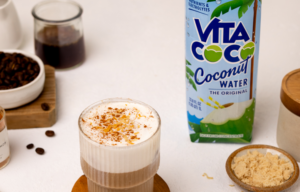02 January, 19
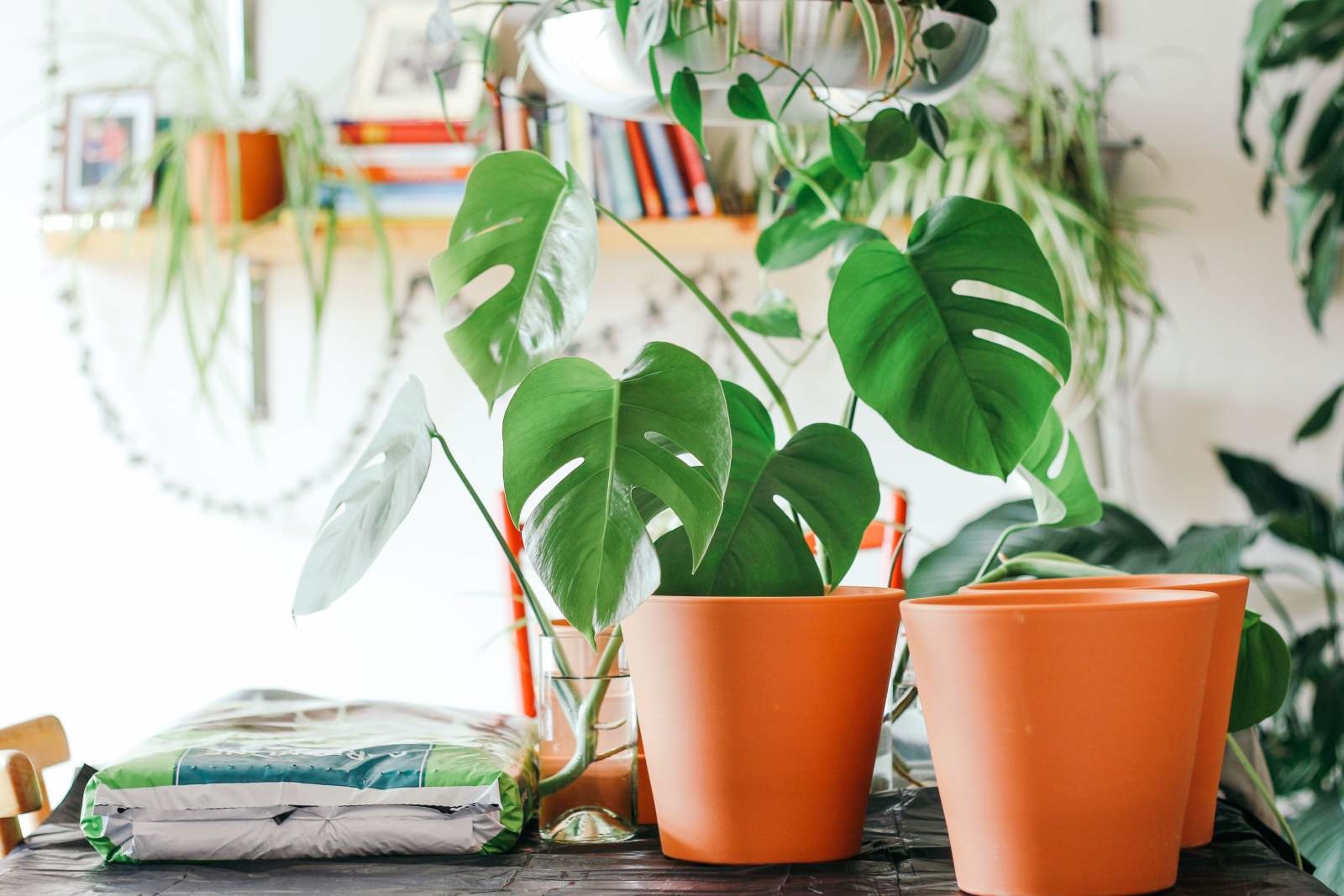
The Best Plants for Low Light or No Light Rooms
Everyone knows that plants need soil, water, and sun to grow and thrive. But what if you have a small space with little natural light or want to liven up darker rooms in your home with an indoor plant? Before deciding your home or office has to remain plant-less, consider adding one of these low light plants to a shady corner or bookshelf. These 5 indoor plants actually prefer low light. Some can even thrive with no light except for the fluorescent glow of a lamp or overhead light.
Low light plants are also best for anyone who didn’t inherit a green thumb. If you’ve been frustrated in the past by fickle indoor plants, try one of these low maintenance plants instead. A few of them are nearly impossible to kill. Low light plants do need some light despite the name. A general rule is that if the room is bright enough to read in, it’s bright enough for a plant that doesn’t like direct sunlight.
Here are 5 of the best plants for low light or no light rooms:
Dragon Tree
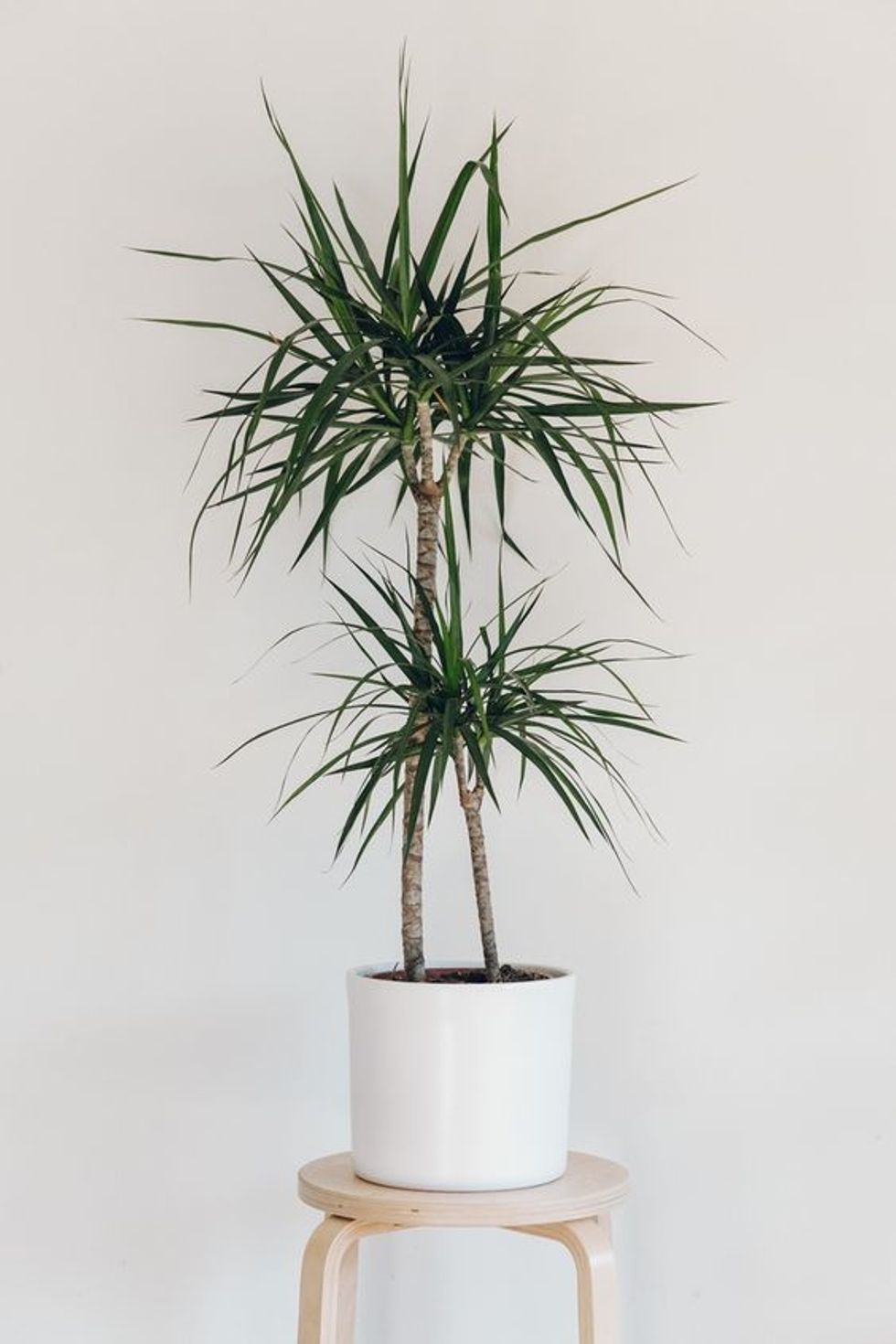 Dragon TreeGetty Images
Dragon TreeGetty Images
Also known as the Dracaena Marginata, this indoor tree prefers bright indirect sunlight. Keep it out of direct sunlight, but in the brightest corner of a dimly lit room. When it’s kept out of direct sunlight, this attractive plant is nearly impossible to kill. It also helps clear indoor air of pollutants like xylene and trichloroethylene.
The dragon tree can also tolerate a wide range of indoor temperatures, although it will do best between 65 and 80 F degrees. Let this plant dry out between watering. Over watering can cause the leaves to start to wilt and loose their color.
Spider Plant
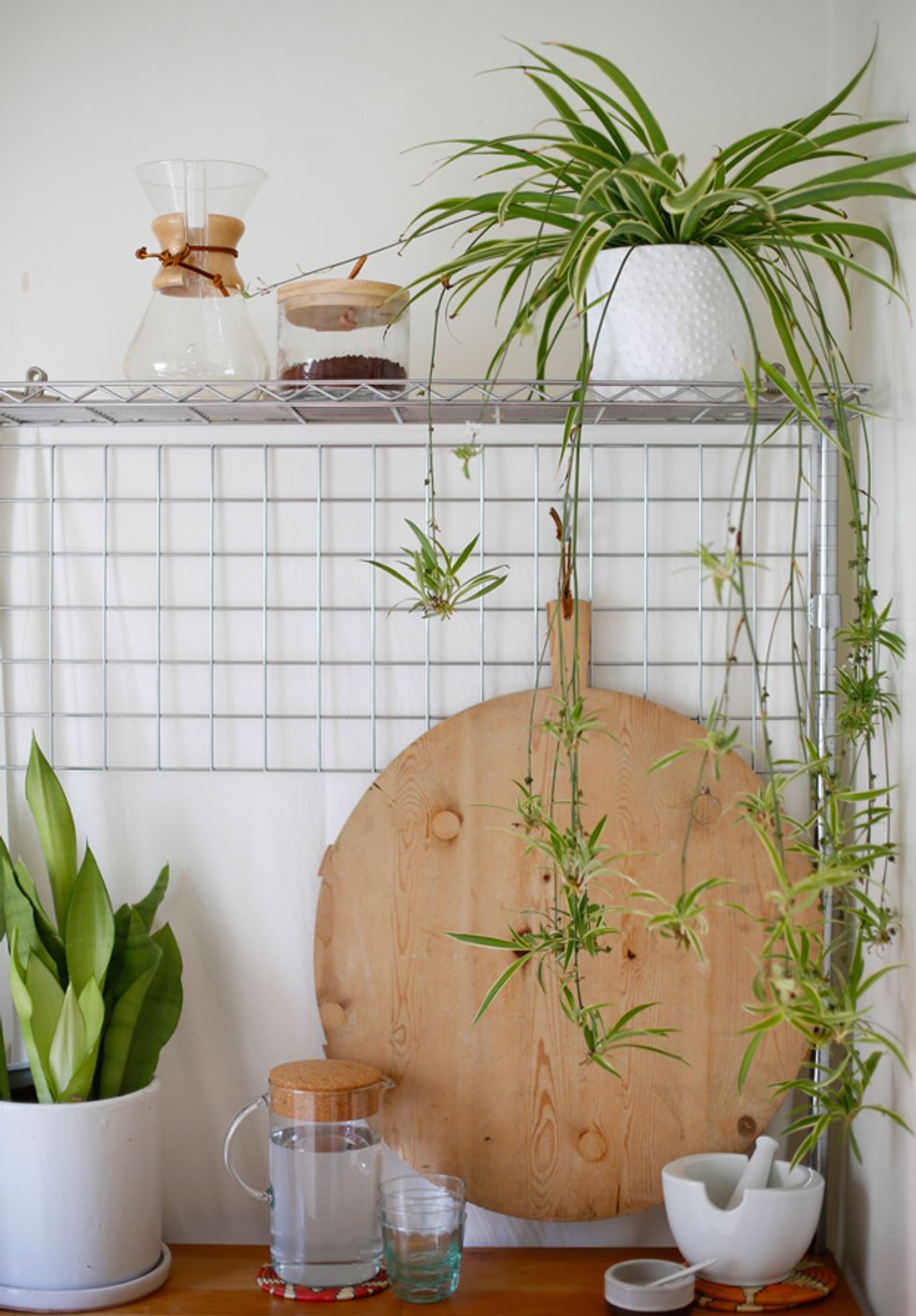 Spider PlantJungalow
Spider PlantJungalow
This is one of the most popular house plants because they’re easy to grow and so adaptable. The spider plant is extremely resilient and capable of surviving a little neglect. These cute plants like bright indirect sunlight and do best when you let them dry out between watering. Make sure you water them well, but don’t let the soil get soggy. Soggy soil can lead to rotting roots.
Your spider plant will do best in temperatures between 55-65 F, but can handle hotter climates. According to NASA, this plants helps purify your indoor air by filtering out ammonia, benzene, formaldehyde, and xylene. You can also easily share your spider plant with a friend. Here’s how to separate the babies from the mother plant to start new plants.
Peace Lily
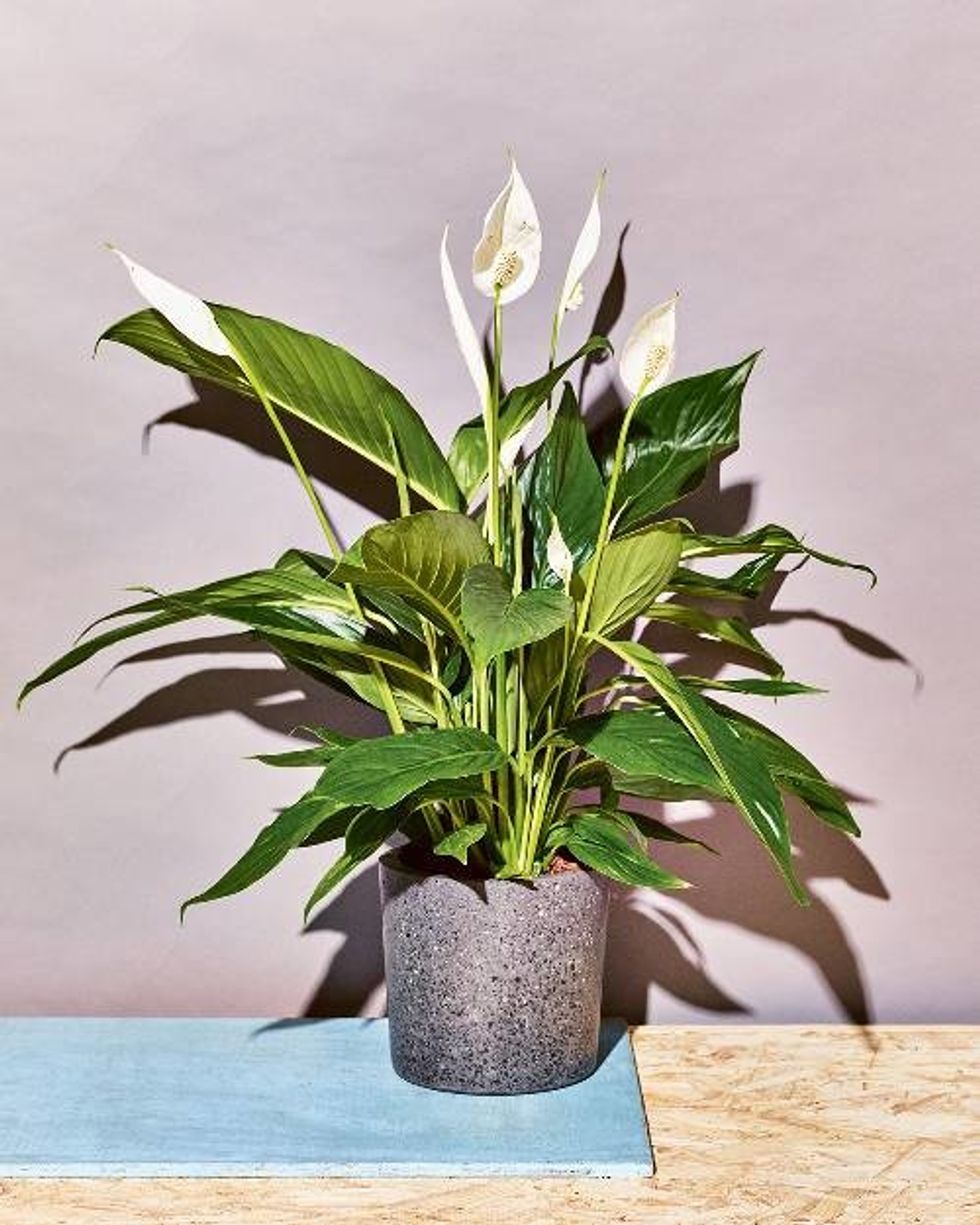 Peace Lily PlantMy Domaine
Peace Lily PlantMy Domaine
The peace lily is a beautiful indoor plant that blossom’s in the spring and sometimes again in the fall. It thrives in indirect sunlight and rooms with temperatures between 65-80 F. Keep this plant at least 6-8 feet away from bright windows. If the leaves start to turn yellow, you’ll know it’s getting too much sun.
You’ll also know when your plant needs more water when the leaves will start to sag. It’s actually best to wait until your peace lily lets you know when it’s thirsty by waiting for it to sag a little before watering. NASA named this beautiful plant one of the top 10 best plants for purifying indoor air.
Snake Plants
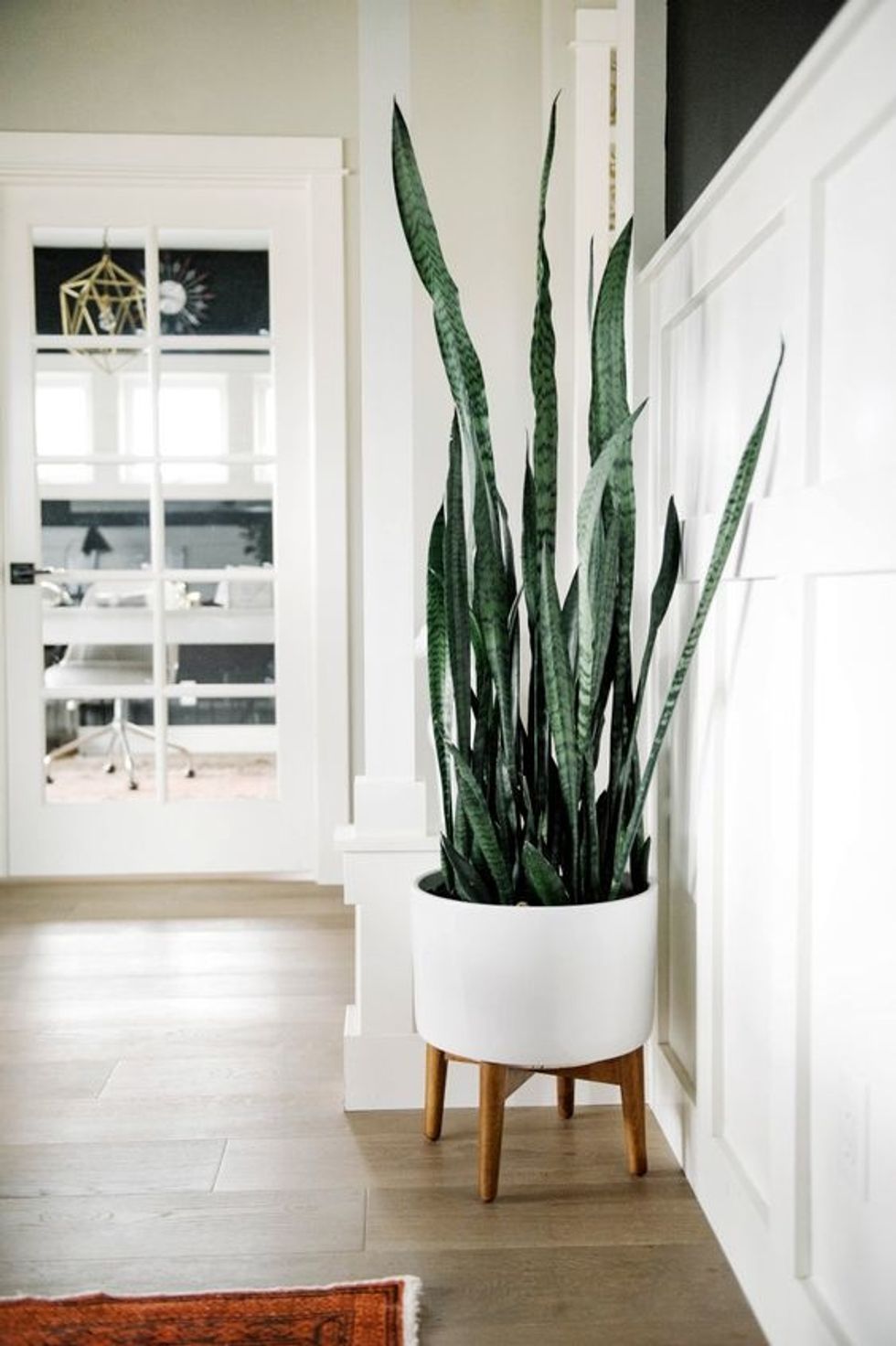 Snake PlantGetty Images
Snake PlantGetty Images
If you don’t have a green thumb, this is one of the easiest plants to care for. The snake plant can be neglected for weeks at a time and look like it’s thriving. They almost prefer to be forgotten about from time to time. Keep them in a spot with indirect sunlight and let the soil fully dry out before watering again.
The snake plant is one of the hardest plants to kill. If you’re known for not being able to keep anything green alive you’ll do well with a snake plant. It will also purify your indoor air of pollutants like benzene, formaldehyde, trichloroethylene, and xylene.
Devil’s Ivy
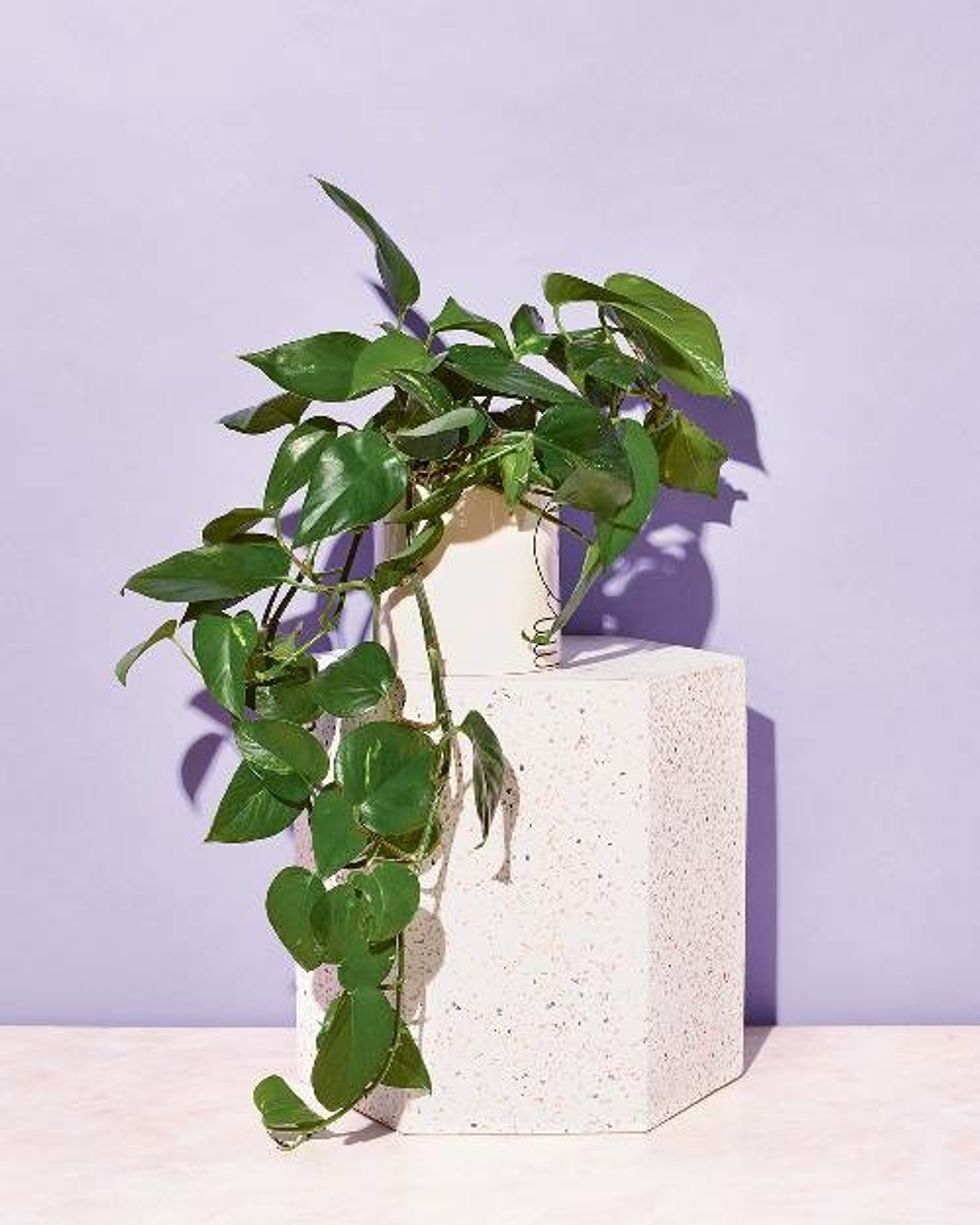 Devils Ivy PlantMy Domaine
Devils Ivy PlantMy Domaine
Here’s another indoor plant that’s practically impossible to kill. The Devil’s Ivy is a beautiful vining plants that does best as a hanging potted plant. The vines can grow to be over 10 feet long indoors. You’ll likely have to prune your plant as it grows. Like the spider plant you can easily start new ivy plants with the trimmings. Just keep the stems in water until they start to sprout roots and then re pot them in soil.
They can actually thrive in both bright and dimly light rooms. When watering your plant avoid soaking the soil, but do make sure that you water through to the roots. Make sure you keep this plant up high if you have children or pets running around. The leaves are toxic when ingested.

